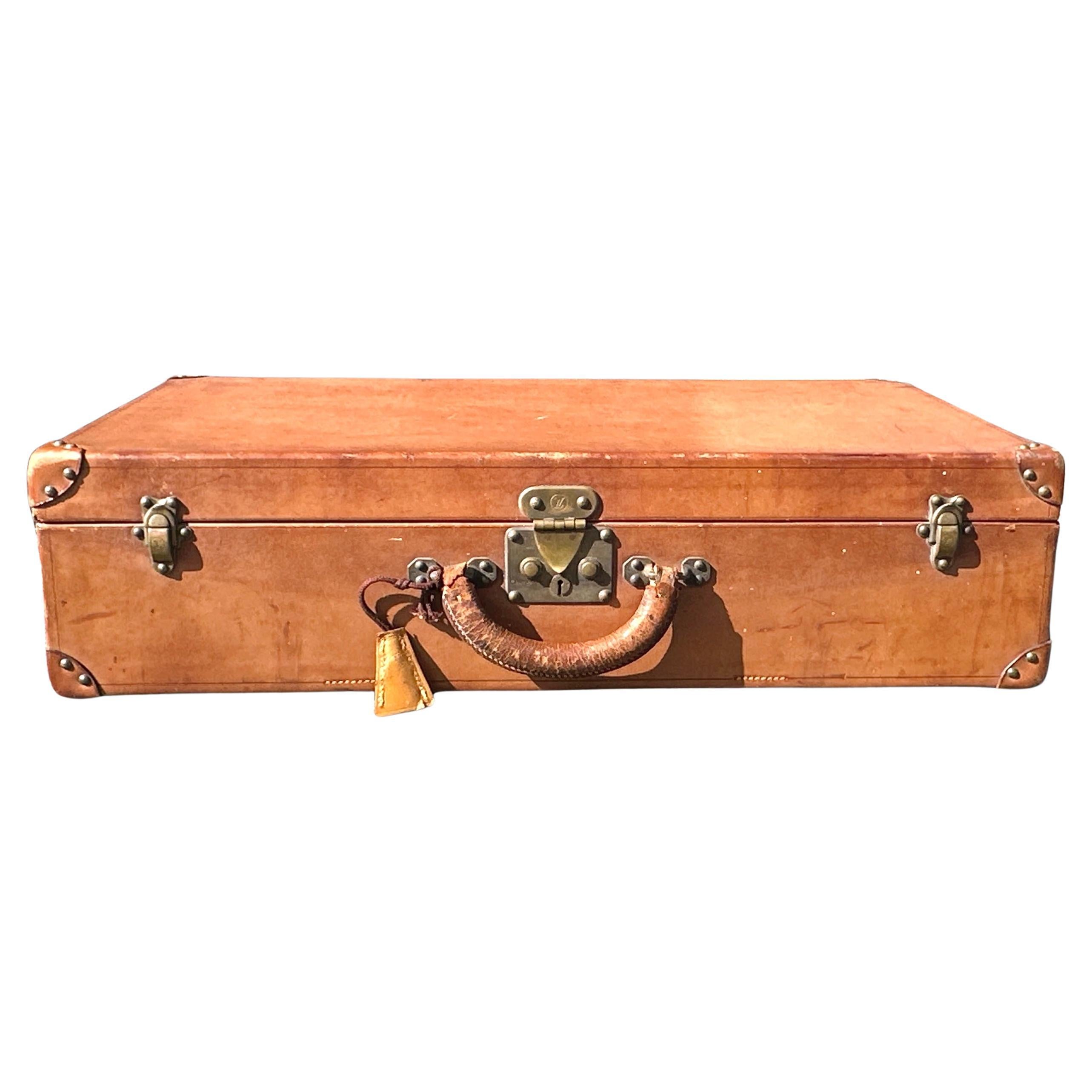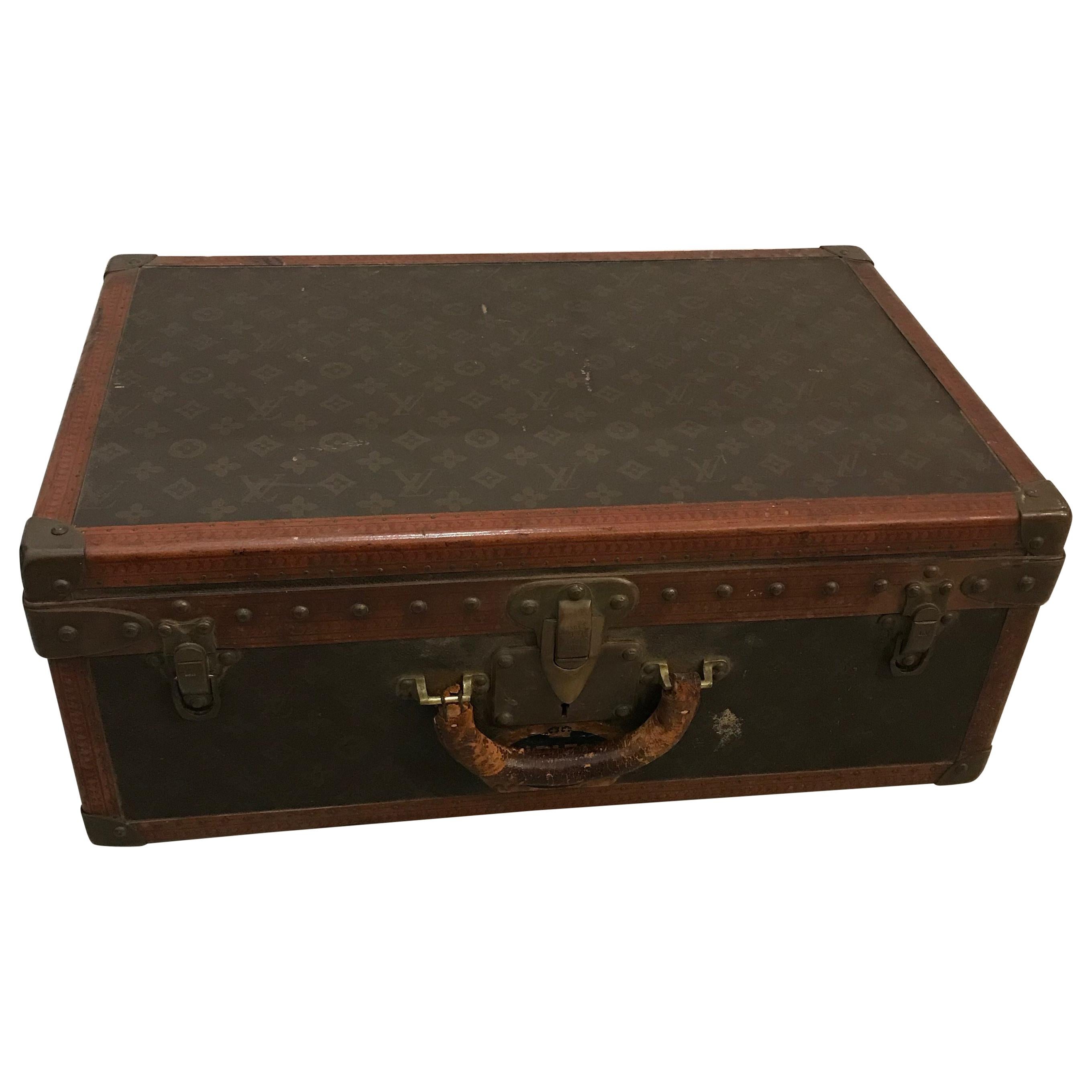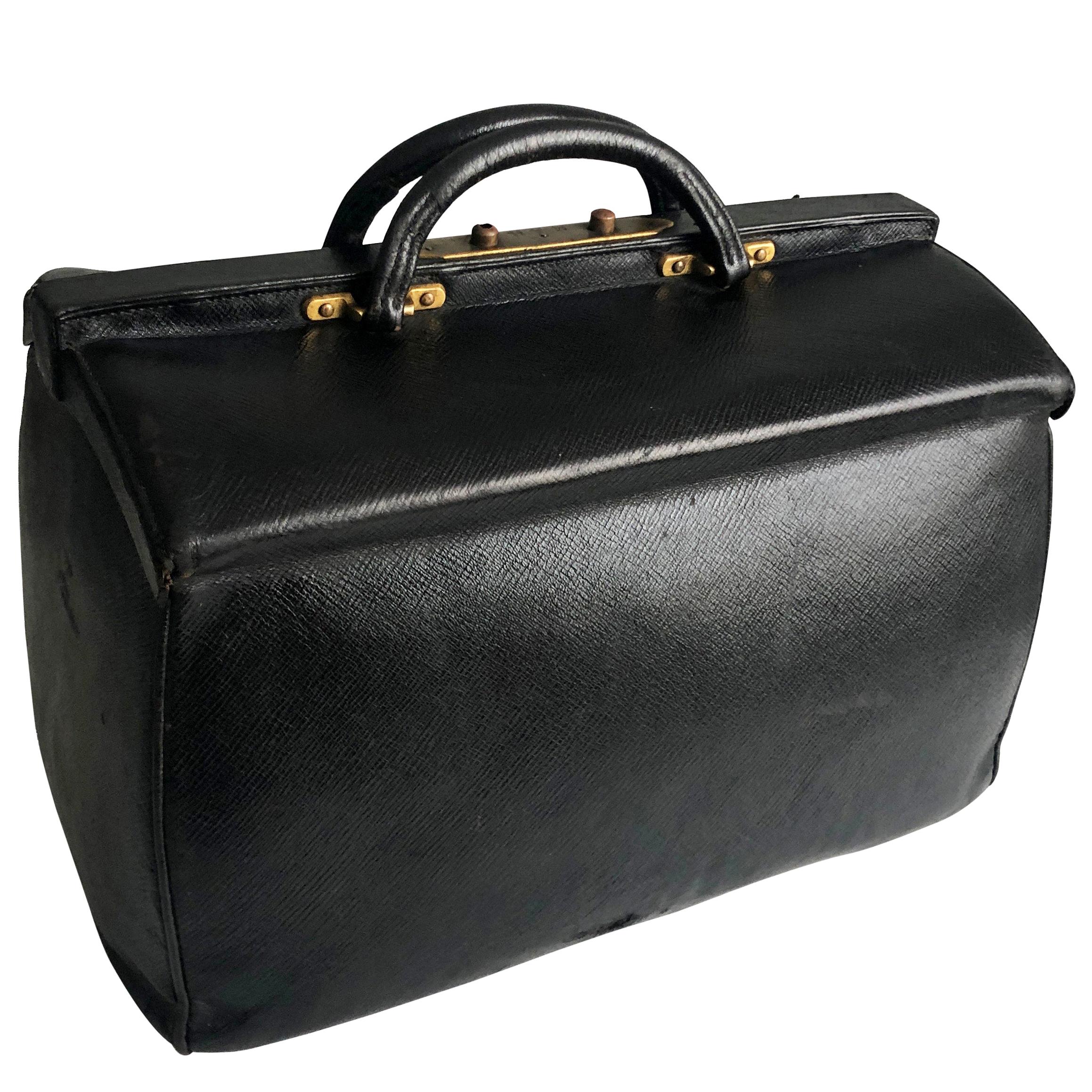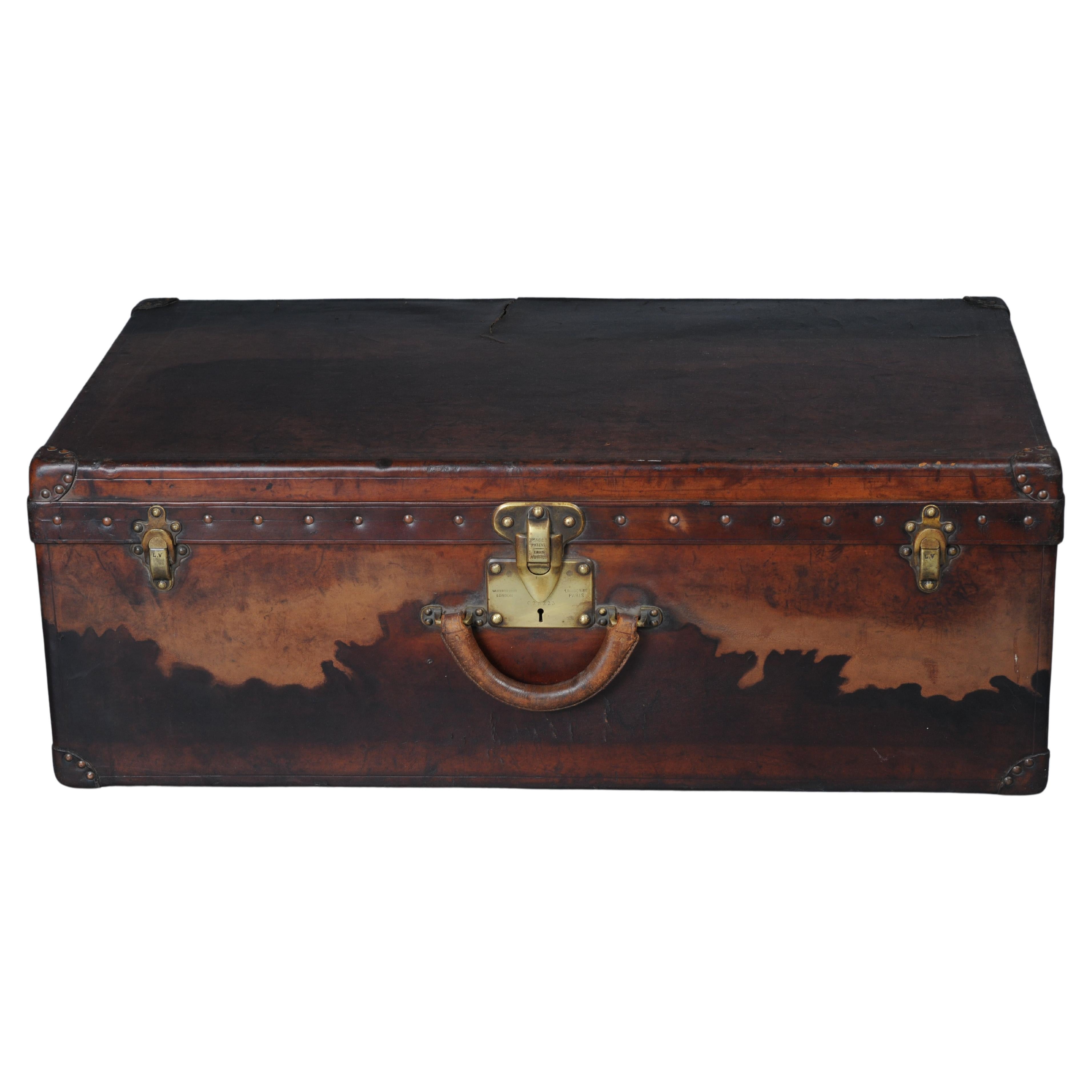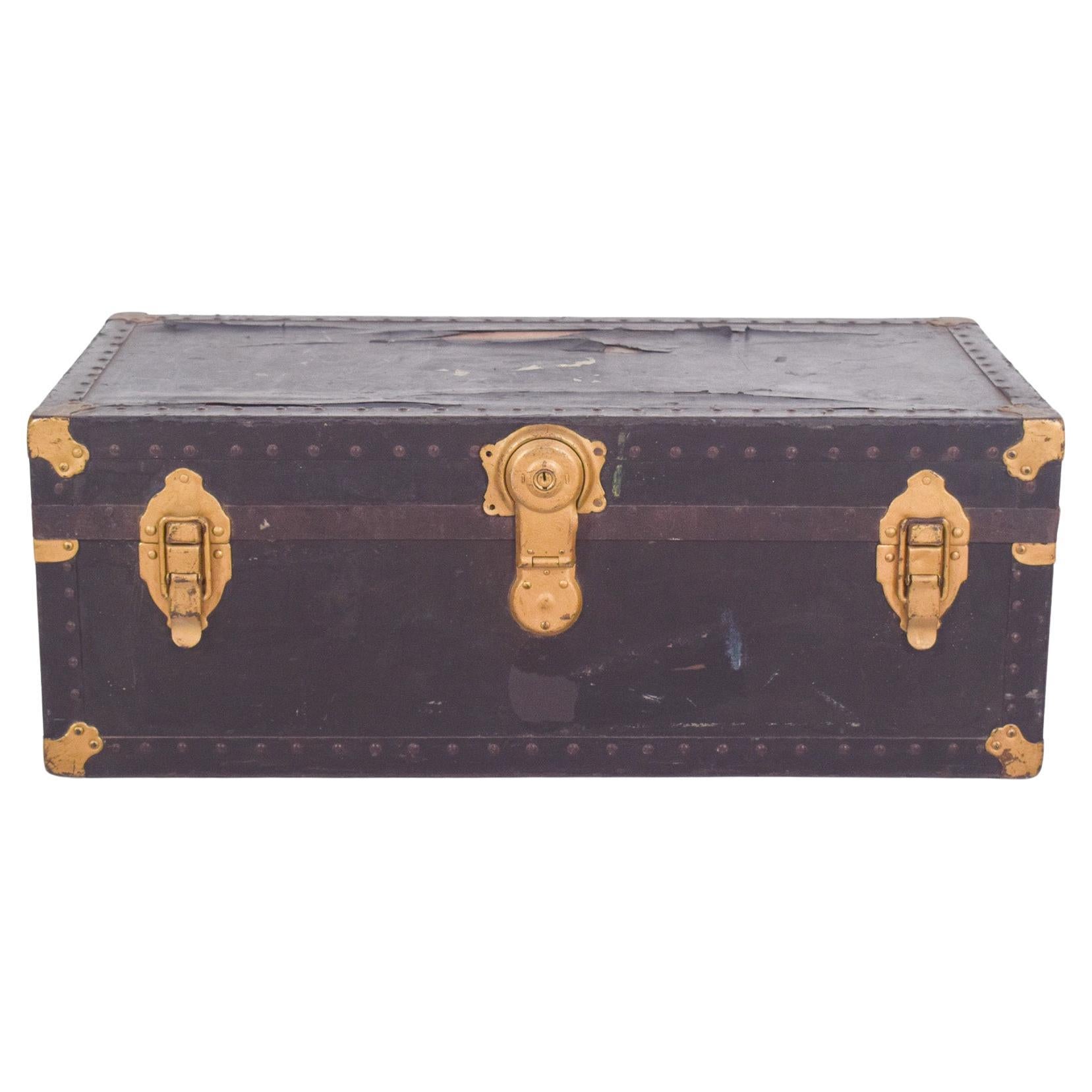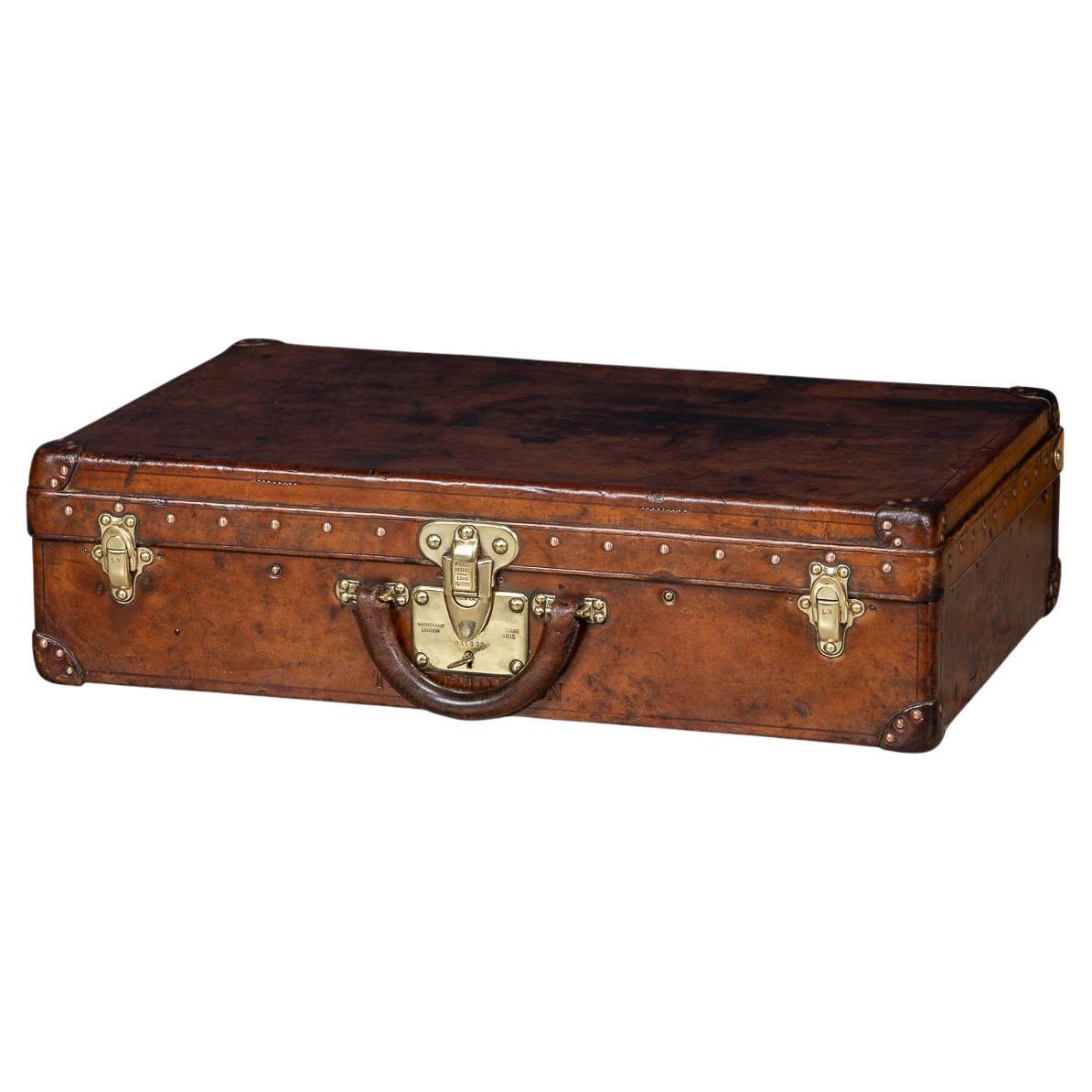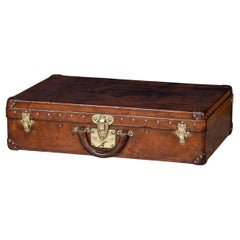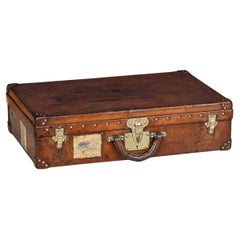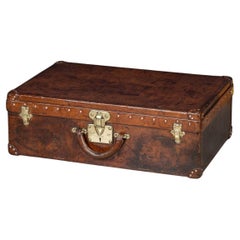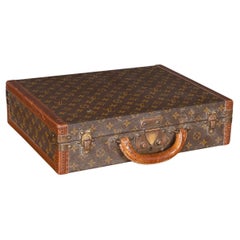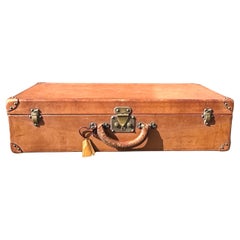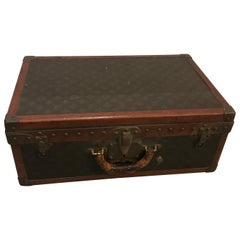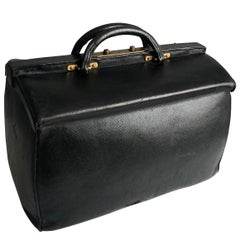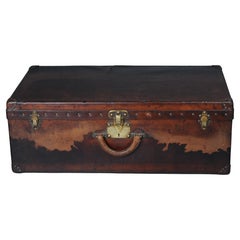A 20th Century Louis Vuitton Briefcase Finished In Black Epi Leather, France
About the Item
- Creator:Louis Vuitton (Maker)
- Dimensions:Height: 4.53 in (11.5 cm)Width: 17.72 in (45 cm)Depth: 13.78 in (35 cm)
- Style:Other (In the Style Of)
- Materials and Techniques:
- Place of Origin:
- Period:1990-1999
- Date of Manufacture:1993
- Condition:Wear consistent with age and use. Minor fading. In Good Condition - near perfect, interior is spotless, exterior has very minor wear but still excellent. Please refer to photographs.
- Seller Location:Royal Tunbridge Wells, GB
- Reference Number:Seller: B105081stDibs: LU1348240439442
Louis Vuitton
The story behind iconic luxury brand Louis Vuitton — best known for its esteemed handbags, crossbody bags, leather goods, ready-to-wear clothing and more — is one of craft and innovation in the worlds of fashion, jewelry and furniture.
The company’s modest origins can be traced back to when its founder, Louis Vuitton (1821–92), wishing to free himself from the conventional lifestyle in his provincial French city of Anchay as well as a difficult stepmother, left in the early 1830s to make a new life in Paris. The young Vuitton was 13 at the time and would need to travel on foot to get to the capital, which was hundreds of miles away. With stops along the way to make money so that he could forge ahead, the journey took a couple of years, but reward was close at hand.
When he arrived in Paris, Vuitton made a living with his hands. He toiled as a box maker and packer for more than a decade and built relationships with royals and members of the upper class while working for the empress of France, Eugenie de Montijo. In 1854, Vuitton launched his namesake company. The craftsman opened a humble workshop on rue Neuve des Capucines and advertised his services with a small poster that read: “Securely packs the most fragile objects. Specializing in packing fashions.”
Long before his brand would become known globally for its exemplary top-handle bags and stylish totes, Vuitton produced stackable and rectangular trunks. The most common trunks of the era were round, which weren’t ideal for toting and storing. In 1858, Vuitton debuted his lightweight, handcrafted canvas trunks, which were sturdy, rugged and equipped with convenient compartments. Travel’s popularity broadened in the late 19th century, and Vuitton’s trunks could easily be packed into train cars and ships — upright trunks meant hanging wardrobe storage that would allow his clients to transport their sophisticated garments without worry. Demand increased and the company grew. When Louis Vuitton died in 1892, control of the luxury house was passed onto his only son, Georges Vuitton.
In 1914, a Louis Vuitton store opened at 70 Champs-Élysées. The largest travel-goods store in the world at the time, it became the company’s flagship.
The Louis Vuitton brand embodies all the attributes of luxury, from the craftsmanship, exclusivity and relevance to heritage. It’s only appropriate that it boasts one of the most recognizable insignias — the imaginative interlocking of letters and fleurettes — in the fashion world. The famous LV monogram was first used in 1896 as part of an initiative by Georges to prevent counterfeiting of his coveted new line of travel trunks. It’s one of the earliest examples of fashion branding.
The LV monogram would soon appear on everything from bags and various fashion accessories to alligator-skin champagne cases, from stylish apparel and earrings to teddy bears and airplane models.
On 1stDibs, the unmistakable insignia can be found on both modern and vintage Louis Vuitton shoulder bags, suitcases, original 19th-century trunks, jackets and more.
- ShippingRetrieving quote...Shipping from: Woodham, United Kingdom
- Return Policy
More From This Seller
View All20th Century French Other Trunks and Luggage
Brass
20th Century French Other Trunks and Luggage
Brass
20th Century French Other Trunks and Luggage
Brass
20th Century French Trunks and Luggage
Brass
20th Century French Other Trunks and Luggage
Brass
20th Century French Other Trunks and Luggage
Brass
You May Also Like
Early 20th Century French Trunks and Luggage
Leather
Early 20th Century Trunks and Luggage
Early 20th Century French Suitcases and Trunks
1890s Suitcases and Trunks
Vintage 1950s English Mid-Century Modern Trunks and Luggage
Metal
2010s Top Handle Bags
Read More
Unexpected Gems Were All Over the Latest High-Jewelry Collections
Diamonds and sapphires still played a starring role, but less popular stones popped up too.
Louis Vuitton and Murakami’s Collab Is As Fresh As Ever
The Japanese artist is one of many creators with whom the French fashion house has partnered to impressive effect.
